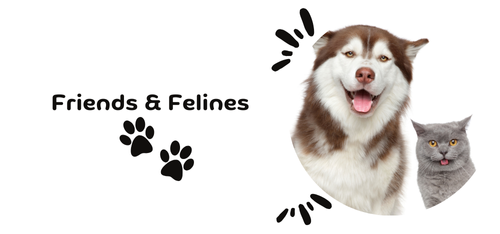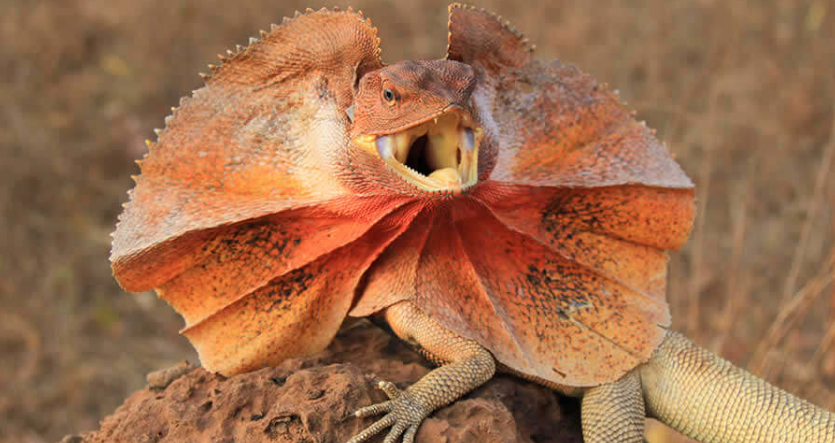Lizards are fascinating creatures that use a variety of behaviors and physical changes to communicate. Whether in the wild or in captivity, they express themselves through body language, color shifts, and specific actions. Understanding these signals can help reptile enthusiasts provide better care and gain insight into their lizard’s emotions and social interactions.
Body Language: How Lizards Express Themselves
Lizards rely on body language to communicate with other lizards, predators, and even humans. Some common body language signals include:
- Head Bobbing: This is often a sign of dominance or territorial behavior. Males commonly bob their heads to assert dominance over other males or attract a mate.
- Arm Waving: Some lizards, such as bearded dragons, perform slow arm waves as a submissive gesture to show they are not a threat.
- Tail Movements: Quick tail flicks can indicate agitation or a warning sign, while a relaxed, still tail usually suggests calmness.
- Flattening the Body: When a lizard flattens itself, it may be trying to appear larger to intimidate predators or rivals.
- Gaping (Opening Mouth Wide): This behavior can be a threat display, a means of regulating body temperature, or a sign of stress.
Color Changes: More Than Just Camouflage
Many lizards, especially chameleons and anoles, change color based on mood, temperature, or communication needs. Here’s what different color changes can mean:
- Bright, Vivid Colors: Often indicate excitement, aggression, or a readiness to mate.
- Dark or Dull Colors: A sign of stress, illness, or an attempt to absorb heat more efficiently.
- Blending into the Environment: Used as a defense mechanism to avoid predators.
- Rapid Color Changes: Seen in chameleons, these shifts can reflect immediate mood changes or environmental responses.
Behavioral Signals: Actions That Speak Volumes
Beyond body language and color changes, lizards display various behaviors that communicate their needs and emotions:
- Glass Surfing: When a lizard repeatedly climbs or scratches at the glass of its enclosure, it may be experiencing stress, a desire for more space, or curiosity.
- Digging: Can be a sign of nesting behavior in females, an attempt to regulate temperature, or a search for food.
- Tongue Flicking: Used to gather information about their surroundings by detecting scents and chemicals in the air.
- Hiding: A natural behavior that can indicate the need for security, rest, or stress avoidance.
- Tail Autotomy (Tail Dropping): A defense mechanism where lizards detach their tails to escape predators, though they may also do this under extreme stress.
Interacting with Your Lizard: Recognizing Their Signals
As a reptile owner, paying attention to these behaviors can help build trust and ensure your pet’s well-being. Here are some tips:
- Observe body posture and color changes daily to recognize any shifts in mood or health.
- Avoid handling a lizard that shows signs of stress or aggression, such as gaping or tail whipping.
- Provide a comfortable environment with hiding spots, climbing structures, and proper temperature regulation to minimize stress-related behaviors.
- Encourage positive interactions by offering food from your hand and moving slowly to avoid startling your lizard.
By learning how lizards communicate, you can develop a deeper bond with your reptilian companion and ensure they feel safe and understood in their environment. Have any interesting lizard behavior stories? Share them in the comments below!



